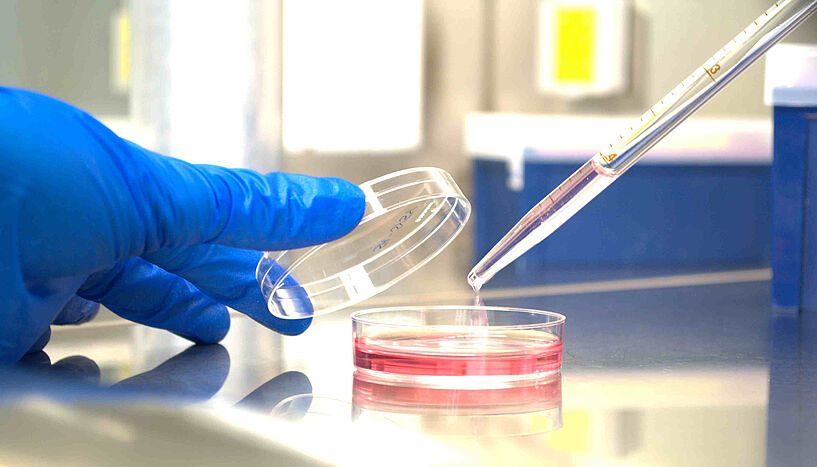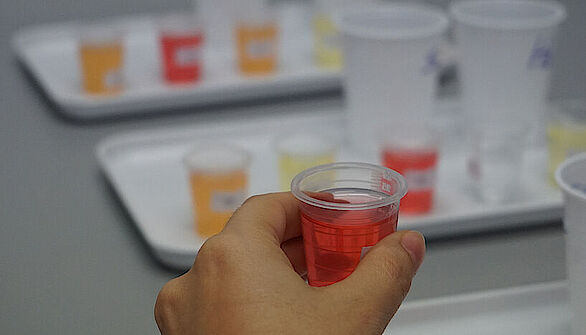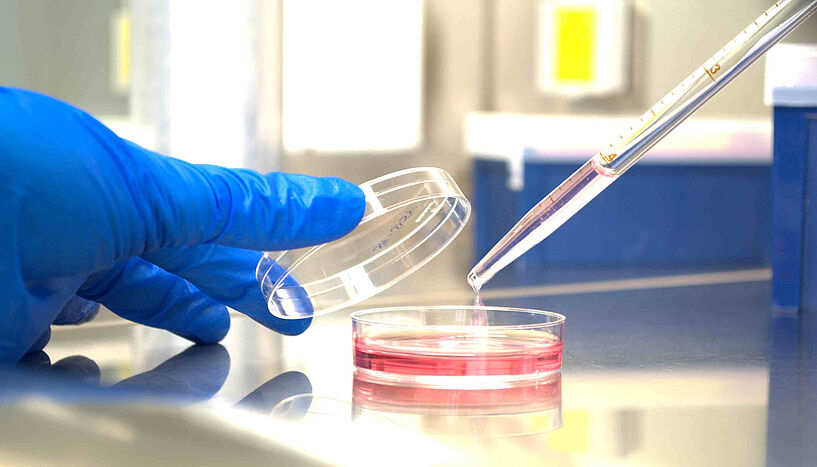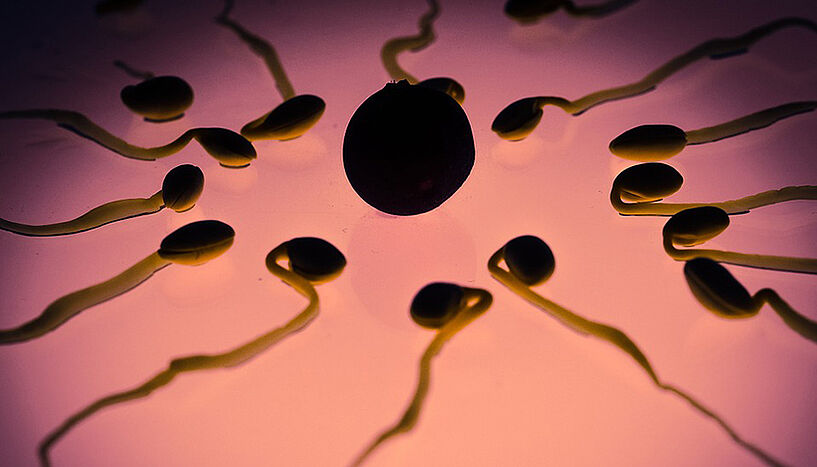Sweet life – but without sugar
| 11. August 2020Barbara Lieder and her team at the Christian Doppler Laboratory for Taste Research investigate the taste profiles of alternative sweeteners. Their findings could lead to a better understanding of the effect that sweetening agents have on the metabolism and help find alternatives to sugar that (also) taste good.
Humans love sweet flavours. This preference is due to evolution: For our ancestors, sweetness indicated a good source of energy. Our taste buds get used to sweetness early on, as breast milk also has a sweet taste. In the comfortable everyday life of the 21st century, sugar-sweetened food and beverages are constantly available to us. However, the excessive consumption of these products has serious consequences for our health: Obesity and diabetes are increasingly prevalent worldwide.
Sweetening agents are an alternative solution and allow us to reduce the consumption of sugar. However, their sweetness differs from the typical sweetness of sugar: The taste of some sweeteners lingers in the mouth longer, while other sweetening agents have a bitter or metallic aftertaste. Moreover, their effect on the human metabolism is different from that of sugar. Since 2018, the research team headed by Barbara Lieder has investigated these issues at the Christian Doppler Laboratory for Taste Research at the Faculty of Chemistry of the University of Vienna. In particular, the team explores alternative sweetening agents.
In the Christian Doppler Laboratories, outstanding researchers conduct application-oriented basic research of high quality in cooperation with innovative partners in the industry. Funding for the CD Laboratories comes from public funds and the collaborating business partners. The most important public funding body is the Federal Ministry of Digital and Economic Affairs (BMDW). The University of Vienna currently operates six CD Laboratories. (© Institut für Physiologische Chemie)
How do sweetening agents work in the body?
Barbara Lieder, Head of the CD Laboratory, explains that research at the Laboratory covers two areas: "From the scientific point of view, we want to find out how the receptors in our body respond to sweetening agents and how the associated signalling pathways work. In the wider context of society, our findings could contribute to discovering sweeteners whose flavours appeal to the consumer and of which we know how they interact with our body."
Many studies on the issue of sweetening agents have already been conducted, but only few produced concrete results – in particular regarding the effects of individual sweetening agents on our body. Nevertheless, when searching for information about sweeteners on the Internet, you will almost exclusively find negative reports on the topic. For example, it has still not been definitively established whether and how sweetening agents can trigger the release of insulin. Lieder says, "Recent studies have shown that insulin sensitivity is reduced when sucralose and carbohydrates are consumed at the same time."
We perceive sweetness via sweetness receptors; only one type of these receptors is currently known. Most of them are located on the tongue. However, it has been known for a few years that there are sweetness receptors in the intestinal tract and the fat cells as well.
What do test persons taste?
In the first two years of the research project, the researchers carried out sensory tests to study the taste profiles of sweetening agents. They asked around 20 test persons to taste different liquids and describe the experience: How sweet is the beverage? How does the sweetness develop? How long does it linger in the mouth? Does the beverage have unpleasant flavours besides the sweetness? In a first step, 35 well-known and approved sweetening agents were tested, including classic sugar for the purpose of comparison. After having developed the taste profiles, the researchers at the Christian Doppler Laboratory conduct cell culture studies and human studies using molecular biological and computational methods.
What does not taste good, does not sell well
One of the most recent sweeteners on the market is Stevia. Stevia is based on a natural source – the plant used to produce Stevia is cultivated in South America, where it has always been used as a sweetener. Therefore, Stevia enjoyed a very positive image at the time of its market launch. After Stevia had been approved for sale in the EU in 2012, a variety of Stevia products were available in supermarkets: yogurts, beverages and even a Stevia-sweetened version of Coke. By now, almost all of these products have disappeared from the shelves again. Why? Barbara Lieder explains, "The consumers do not seem convinced by the taste and the small amount of calories saved, as you can only partially replace sugar with Stevia. This is another aspect that we have to consider."
For Barbara Lieder, the question of why and how sweetness receptors bring out different flavours is one of the most fascinating aspects of her research. Even if the public is mainly interested in application-oriented research, basic research, as it is conducted at the CD Laboratory, is essential for academic progress. Lieder points out, "Without theoretical findings, we would not be able to present practical results in the end." (bw)
Barbara Lieder from the Department of Physiological Chemistry at the Faculty of Chemistry of the University of Vienna has been Head of the Christian Doppler Laboratory for Taste Research since 2018. The Laboratory is set up until 2025 and is financed from public funds and by the corporate partner Symrise AG. Barbara Lieder obtained her doctoral degree in the context of the previous project – the Christian Doppler Laboratory for Bioactive Aroma Compounds.






